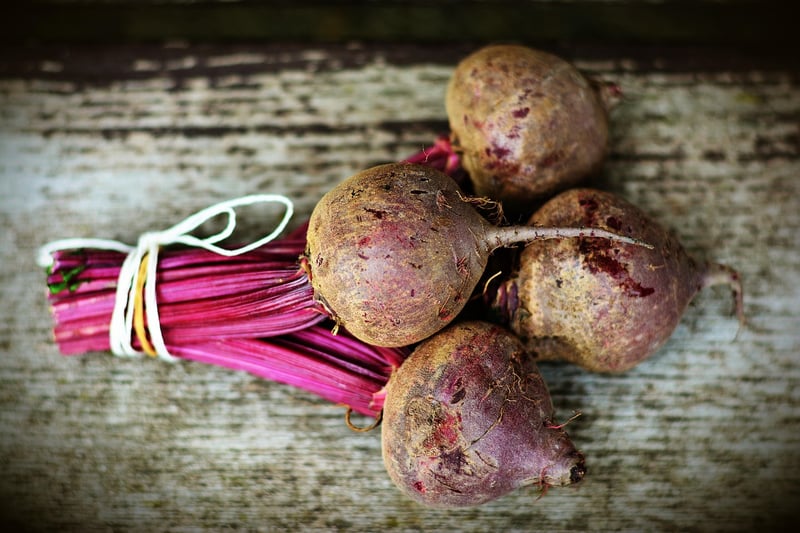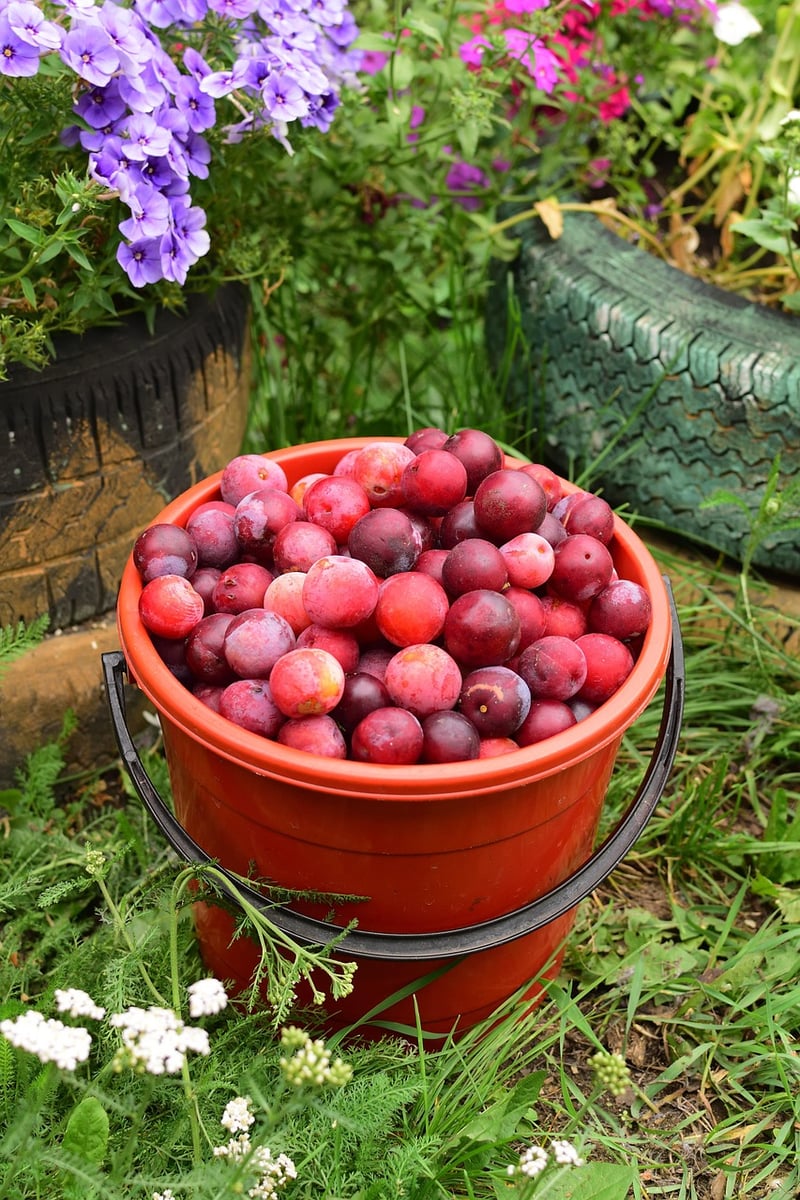Organic Yields
The Art of Harvesting: Maximizing Yields in Organic Farming
Harvesting is a pivotal moment in the organic farming cycle, where months of hard work culminate in the gathering of crops. To ensure a bountiful harvest, farmers employ various techniques that not only maximize yields but also promote sustainability and soil health.
Factors Influencing Yields
Several factors play a crucial role in determining the success of a harvest:
- Soil Health: Rich, fertile soil provides essential nutrients for plant growth and development.
- Water Management: Proper irrigation techniques ensure that crops receive adequate water without wastage.
- Pest Control: Organic methods like crop rotation and companion planting help protect crops from pests naturally.
- Weed Management: Mulching and hand-weeding are common practices in organic farming to control weed growth.
- Crop Selection: Choosing suitable varieties adapted to local conditions can enhance yields.
Organic Yields vs. Conventional Yields
Organic farming focuses on sustainability and natural practices, which can influence yields compared to conventional methods:
- Quality over Quantity: While organic yields may be slightly lower than conventional yields, they often boast superior quality and nutritional value.
- Long-Term Sustainability: Organic practices promote soil health and biodiversity, ensuring sustainable yields for future generations.
- Environmental Impact: By avoiding synthetic pesticides and fertilizers, organic farming reduces harm to the environment and protects ecosystems.
Maximizing Organic Yields
To enhance organic yields, farmers can implement the following strategies:
- Compost and Organic Matter: Improve soil fertility by adding compost and organic matter to enhance nutrient levels.
- Crop Rotation: Rotate crops to prevent soil depletion and pest buildup, promoting overall plant health.
- Beneficial Insects: Encourage beneficial insects like ladybugs and bees to aid in pollination and pest control.
- Cover Crops: Plant cover crops during off-seasons to protect soil structure and add nutrients.
By adopting these practices and staying connected to the land, organic farmers can achieve sustainable yields while preserving the environment for future generations.

Explore the world of organic farming and witness the beauty of sustainable agriculture firsthand!
For more information on organic farming practices and maximizing yields, visit USDA Organic Agriculture.
